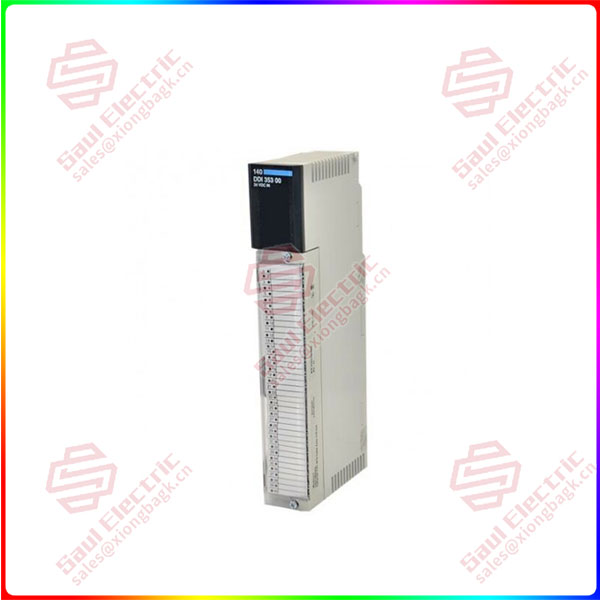Under the tide of bus replacement, major automation manufacturers have launched their own bus operation control products, and in a wide variety of bus communication, EtherCAT is particularly bright. According to MIR Rui industrial statistics, as of 2021, China’s bus motion controller market size exceeds 6 billion, accounting for more than 70% of the total motion controller market. Among them, EtherCAT bus motion controller market size of more than 4 billion, accounting for more than 60% of the bus motion controller market. EtherCAT has moved to the C bit of the automated communication protocol.
01 “Ingenuity level” products
At the Hannover MESse in Germany in 2003, the booth of a company famous for making motion controllers was crowded with people, and the product on display was a new industrial communication protocol.
Almost the entire automation industry related attendees visited the booth and were shocked by it, and some directly asserted that this is a forward-looking high-end technology, a new generation of cutting-edge control ideas.
The company is Beckhoff Automation GMBH (Beckhoff), and the high-end technology is called EtherCAT (Ethernet for controlling automation technology).
As expected by those who first saw EtherCAT, this “revolutionary” industrial communication protocol was widely used in applications including packaging machines, full steel plants, robotics, cutting systems, wind tunnels and wind energy systems, thanks to its wide variety of applications, openness and efficiency.
(Figure: some major industrial communication protocols)
Even 10 years after its inception, EtherCAT still communicates faster than the fastest CPU, and controllers that used EtherCAT in 2003 are still compatible with automation devices in 2013 – in a sense, Ethercat is still compatible with automated devices. It has been breaking Moore’s Law for more than a decade (though in slightly different fields). That is to say, a single version of EtherCAT, that is, the first version of EtherCAT is enough to support most of today’s industrial scenes, and all the things added later are just extensions, rather than changes, really can be called “ingenuity level” products, compared to what some companies blow “phenomenon level” products, the level does not know where to go.

140DDI35300
As a real-time industrial fieldbus communication protocol based on Ethernet for the development of the framework, EtherCAT simply means that in a particular class, a team of students sit in vertical rows, the teacher gives the paper with all the names of the students (can be different subjects) to the first student, and then from the back, the first student only takes the paper with his own name. The second student only takes his own paper, and so on. In addition, the teacher can also collect the questionnaire within a certain period of time, conduct correction and analysis, and then give feedback to specific students. The teacher who issues the paper is the main station, the students are the secondary station, and the paper is the data content conveyed by the main station.
(Figure: Difference between traditional industrial control architecture and new industrial control architecture)
EtherCAT emerged from the automation market thanks to bus lines replacing impulse control products. From a performance perspective, EtherCAT stands out among many bus control protocols based on the following three main factors:
1.EtherCAT communication speed is very fast. It utilizes twisted pair or optical cable to process 1,000 distributed I/O signals at 30μs or 100 axes in 100μs, setting new limits for real-time performance. This high speed makes EtherCAT ideal for automation, the Industrial Internet of Things (IIoT), and other applications that require real-time optimization.
2. This is a widely adopted open standard. More and more devices are being connected via fieldbus or wirelessly. And because the data uses the same format as Ethernet, it can be connected directly to Ethernet. No specific router or switch is required. This means that users can use EtherCAT-IP to select multiple products on the same interface in a more efficient way.
3. Sustainability of its own construction. Using mature Ethernet cables, EtherCAT enables continuous operation under extreme conditions, For example, EtherCAT terminals can operate continuously in the temperature range from -25°C to + 60°C (Trinamic’s EtherCAT motion controller can even meet automotive grade temperature specifications from -40°C to 125°C).
(Figure: Some bus communication protocols)
This is not surprising why in today’s automation market, operations control products equipped with EtherCAT bus communication can be widely used in semiconductor, photovoltaic, lithium and other fields of equipment.
According to MIR Rui industrial statistics, as of 2021, China’s bus motion controller market size exceeds 6 billion, accounting for more than 70% of the total motion controller market. Among them, EtherCAT bus motion controller market size of more than 4 billion, accounting for more than 60% of the bus motion controller market. EtherCAT has moved to the C bit of the traffic control protocol.
 1 Year Warranty
1 Year Warranty





